The Neurodiversity Myth: From Labeled to Limitless
How our obsession with categorization traps us in gilded cages
Have you ever stopped to question what it really means to be 'normal'? Every time we use the term 'neurodivergent', we’re actually inadvertently reinforcing the idea that there’s a standard, 'normal' way everyone is supposed to think and feel.
But this idea of 'normal' might just be the greatest myth of all, as brilliantly put by Gabor and Daniel Maté in their groundbreaking book, The Myth of Normal.
Advocates of 'neurodiversity' often promote diagnostic labels—like ADHD, ASD, BPD, and OCD—as empowering tools. It's worth noting how these so-called tools of empowerment have multiplied: back in the 1970s, the DSM listed about 182 diagnostic categories. Today, that number has soared to over 300.
This explosion in diagnostic labels suggests a growing industry around defining human behavior, leaving us to wonder if we're being empowered or simply boxed in by an ever-expanding catalog of conditions.
These same neurodiversity advocates argue that these labels provide a framework for understanding 'atypical' patterns of thinking and behaving as part of the spectrum of human diversity rather than deviations from a norm.
But here's the thing: what started as a well-intentioned embrace of biomedical labels has, paradoxically, entrenched the idea that there's a 'standard' way of thinking, feeling, and behaving—effectively establishing a new 'normal.' So, no matter how 'empowering' neurodiversity advocates claim these labels to be, identifying with any disorder or dysfunction label automatically positions you as deviating from this 'norm’.
This approach splits us into two distinct camps: on one side, the 'neurotypical'—the standard—and on the other, the 'neurodivergent'—labeled as 'abnormal,' the outsiders.
While it's true that some find a sense of identity and community within this framework, the sad reality is that it often turns into a sort of gilded cage. Individuals end up confined within the narrow bounds of their diagnosis, restricted by labels that are meant to define but can also limit.
Diagnostic labels shape perceptions—how individuals with these labels see themselves, and crucially, how they are seen by society. Imagine the person who finds a sense of liberation in their diagnosis, proudly adding it to their Instagram or TikTok, celebrating their identity with newfound freedom.
Yet, this same label can lead to "othering," where those outside view anyone labeled as 'neurodivergent' solely through this diagnostic prism. Unwittingly, these individuals risk turning themselves into mere caricatures of their "conditions."
This is the double-edged sword of clinging too tightly to labels. You may feel initially liberated, but ultimately, you're confining yourself to a box that can be profoundly limiting.
The pattern observed with DSM diagnostic categories is mirrored in the realm of gender identity labels. Much like psychiatric labels, they began as tools for liberation and self-expression. However, as these labels began to gain traction, we witnessed a trend where individuals began to create entire identities and internet personas around rigid and often stereotypical interpretations of gender presentation. Ironically, this trend has reinforced even more entrenched—and binary—ways of thinking about gender. Even terms like "non-binary" unintentionally imply a binary standard from which to deviate.
This evolution into a focus on strict labels leads to a paradox: the more we emphasize rigid categorizations of gender, the more we stray from the essence of true gender non-conformity.
Initially, the intention behind these labels was to dismantle the traditional notions of gender and to celebrate a spectrum of identities. Yet, the more these labels are policed and the more they become central to one's persona, the more they risk becoming boxes that stereotype and constrain, rather than liberate. This is a common trajectory in movements that start with revolutionary intentions but can, over time, become dogmatic and limiting.
I fully support the freedom for everyone to be, feel, present, and love in the ways that feel most authentic to them. My concern is that in our quest for categorization, we might be overshadowing the very diversity and fluidity that gender non-conformity champions aim to promote.
Labels should empower, not confine. As we move forward, it's crucial to remember the original spirit of this movement—to challenge norms, not create new ones that might ultimately serve the same restrictive functions as those we aim to dismantle.
Waking Up
As we edge more deeply into 2024, it feels like we're slowly waking up from what might be described as a collective fever-dream that spanned from around 2014 to 2023.
Reflecting on those years with a clear eye, identity and diagnostic labels quickly started to resemble cult-like ideologies. Individuals who chose to step away from these tightly knit circles after finding them too rigid and limiting often found themselves ostracized from what were once their "chosen families" and "communities."
Ironically, these groups, which professed inclusivity, fluidity, and acceptance of "diversity," showed limited tolerance for those who strayed from their established norms. But isn't that often the case? Many such examples come to mind, illustrating a pattern of embraced ideals that, upon closer scrutiny, reveal a resistance to true deviation from the norm.
Based on the emails and voicemails from my podcast listeners and observing the thousands of profiles following my Instagram, I'm witnessing a palpable shift, particularly among some younger individuals.
It feels as though a veil is lifting: many are beginning to view these rigid identitarian and diagnostic frameworks as what they truly are — limiting and, frankly, a bit “cringe”.
There's a noticeable change in perception, a growing sense that completely rejecting ways of being categorized and "identifying" offers more freedom than rigidly adhering to what was becoming an almost religious set of dogmas about identity and presentation.
It’s incredibly refreshing to see this awakening happen in real-time.
The Bitter Pill
On my podcast, I've shared my own story of spending the better part of my 20s and adolescence forcing myself into what I call “the hot girl box.”
I came of age in the early 2000s, an era that idolized a very specific, type of sexual desirability—skinny, fake tan, huge boobs, low-slung jeans, long blonde extensions. The goal was to become this very specific caricature of a woman, a performance for the male gaze. In many ways, we're repeating history. It reminds me of the phrase, “same same but different.”
Throughout my early twenties, I squandered money on trying to fit this ideal: breast implants, injections, frying my hair to oblivion, permanent makeup, you name it.
Then, as I approached 30, I had a revelation. I wanted to strip it all away. I no longer understood or related to this ideal I was chasing. I removed my breast implants, dissolved all my fillers, lasered off my permanent makeup, and realized that I had been cramming myself into a mold that never suited me. I wanted to discover who I truly was, underneath all the modifications, the alterations, the confined identity.
It was during this period of stripping away my physical alterations and stepping out of the “hot girl box” that I also began to see the limitations of the biomedical model of mental health and question the concept of “neurodiversity.”
I had started building my podcast platform with a focus on reducing the stigma around what we call “borderline personality disorder.” I thought I’d finally found my niche—a label that fit: someone with BPD.
Ironically, even though I identified with every symptom, each psychiatrist I consulted was reluctant to give me an official diagnosis. Some warned, “BPD is incurable; I don’t want that on your permanent medical records,” while others said I was “too high-functioning” for the label, choosing instead to note that I had “traits” of BPD. This experience opened my eyes to how confining and contradictory the systems we trust can be.
It was around this time that I experienced what you might call a "red-pill" moment with psychiatry.
After learning about the origins of the DSM and the unstable foundations on which each diagnostic category was built, I began to question everything. (For a real eye-opener, check out these two talks by Oxford-educated Associate Professor in Medical Anthropology and Psychology, James Davies, found here and here.) As they say, "once you see it, you can’t unsee it."
This revelation prompted me to completely shift the narrative of my podcast. I started to document, episode by episode, my journey in search of an alternative path—one that wasn’t confined by the "hot girl box" or the pathologizing of the human experience.
This shift led me to ponder deeply: If our current Western models of mental health were truly effective, why are rates of mental distress still climbing?
We have unprecedented access to therapy, medications, and a burgeoning list of diagnostic labels. Yet, it seems we're not becoming healthier; instead, we're simply becoming better labeled.
This discrepancy between diagnosis and true healing sparked my search for a more holistic and less stigmatizing approach to understanding mental health.
Your Suffering is Your Story
Through my own experiences with trauma, emotional neglect, and abuse, I've come to understand that what we often label as signs of mental disorder and dysfunction are not permanent markers but transient responses—our psyche's way of coping with life's inevitable challenges.
These aren't indicators of malfunctioning brains, disordered personalities, or chemical imbalances. They are signs of adapting, however painful, to the situations we encounter. We each face a unique blend of pain, trauma, and adversity that we navigate through the different stages of our lives.
Imagine if we reimagined these phases and psychological states not as defects or dysfunctions, but as critical chapters in our personal epic—our own "hero’s journey," a concept popularized by American writer and professor Joseph Campbell.
This perspective can transform how we view our struggles, not as signs of weakness, but as integral parts of our narrative, essential to our development and growth.
I began to delve into the work of Carl Jung and other Jungian analysts, who explored psychological suffering through a mythological and nuanced lens. This shift in perspective transformed my view of myself.
Rather than seeing myself as disordered or dysfunctional, I started to recognize a story emerging from my shadows—a story in which my suffering and patterns of "dysfunctional" behavior made perfect sense, given all that I had been through. I discovered the archetype of the "wounded healer," which illuminated how my own pain could help others navigate theirs.
Liberated from the confines of labels, I began to feel not just label-less, but limitless.
No longer boxed in as permanently mentally ill, no longer in a continual process of numbing "symptoms," I embraced the fact that I was a complex and messy human, writing the next chapter of my narrative.
The points of suffering that once seemed disjointed began to align, falling into place like pieces of a puzzle in the epic of my life. This realization didn't just change my story; it redefined my journey, showing me the power of embracing our whole, unvarnished selves.
Suffering As Spiritual Awakening
Among the Dagara people of West Africa, mental illness is often interpreted as "being summoned by the ancestors" for an important spiritual mission. Those who experience such crises are supported by the community to undergo a healing process that often leads to becoming a shaman or healer.
This process is not seen as curing a pathology but rather as enabling a vital transformation where the individual emerges as a conduit for wisdom and healing within their community. (To read an incredible firsthand account, I highly recommend the memoir by Malidoma Patrice Somé: Of Water and Spirit: Ritual, Magic, and Initiation in the Life of an African Shaman.)
Similarly, in some Indigenous cultures of North America, a person experiencing what might be categorized as a psychotic break in the West might instead be viewed as receiving a call to become a medicine person or shaman.
Such individuals are often guided by elders and other healers through their experiences, which are seen not as symptoms of an illness but as a significant spiritual awakening and a necessary part of their development into roles that are respected and vital to the community.
These perspectives highlight a profound contrast to the Western approach to psychological distress, viewing such experiences not as malfunctions to be corrected but as indications of a deeper calling or transformation.
This initiatory view of mental health challenges respects the complexity of human psychology and recognizes the potential growth and wisdom that can emerge from what might otherwise be labeled as a disorder.
Such cultural practices underscore the value of integrating rather than segregating, of understanding rather than pathologizing.
In these cultures, the challenges and crises we face as humans are viewed as rites of passage or initiatory experiences, fundamental to shaping our identities and our contributions to society.
This narrative doesn't just describe our journey through personal "hells"; it recognizes these experiences as vital threads in the fabric of our identity. It acknowledges the pain we've endured and the lessons we've learned, understanding that they equip us to support others within our communities.
What if we wholeheartedly embraced this viewpoint? I believe it would completely transform the Western world’s “mental health crisis.”
“The great illusion of leadership is to think that man can be led out of the desert by someone who has never been there.” - Henri J.M. Nouwen, The Wounded Healer
Back to Our Roots
Perhaps these cultures, long dismissed as "primitive," had a far better grasp on life than our modern pursuit of perpetual progress.
What if we acknowledged that by pathologizing, labeling, and endlessly categorizing experiences deemed "disordered," "dysfunctional," or "neurodiverse," we overlook their unique potential to transform us and enrich our communities? What if we accepted that not everything fits neatly into a box? What if embracing a label-less existence led to feeling limitless?
Such a shift in perspective wouldn't just alter how we discuss mental health and identity, but how we manage them. It would mean moving away from clinical, dogmatic approaches towards ones that prioritize personal growth, genuine diversity, and an ongoing journey of self-becoming, unrestricted by boxes and categories.
Both the biomedical model, fixated on biological explanations, and current neurodiversity and identity-focused paradigms, which still define a narrow "normal" to deviate from, have their limitations.
It's time to consider alternatives that honor the complexity and diversity of human experience without confining individuals to predefined labels and constraints.
Breaking Free
It's time we broaden our horizons and recognize that navigating mental and emotional challenges can be a transformative and truly alchemical journey. These experiences deserve our respect and recognition, not stigma or confinement within narrow medical labels and identity categories that alienate us when we stray from the norm.
By rethinking our approach, we have the opportunity to reshape personal suffering into a powerful narrative of survival, resilience, and transformation. This shift can foster mutual support and help repair the fraying fabric of our society, currently stripped of myth and rich meaning.
Let's embrace and celebrate our differences, viewing them not as divisions but as vital threads that enrich the tapestry of our collective existence.
Now it’s time for the extra goodies for my paid readers.
I've curated some additional links and resources specifically for my paid Substack subscribers. These materials are designed to help you dive deeper into the topics we've discussed in the post and offer practical ways to integrate these insights into your real life.
In this post, the top-secret links + extras will include further exploration of the following concepts:
✧ How the concept of “normal” is a myth
✧ Critiques of the neurodiversity paradigm
✧ Challenging the concept of the biomedical model of mental health
✧ Connecting with ancestral wisdom
✧ Viewing psychic disturbance as spiritual awakening
✧ How to spot signs of “bad therapy”
✧ Understanding the “hero’s journey” concept of Joseph Campbell
✧ A deep dive into the archetype of the “wounded healer”
And more…
OTHER GOOD STUFF
◘ Check out my bedtime story podcast, Night Night Bitch [click here]
◘ Browse my Amazon book recommendations [updated regularly]
◘ Get 10% off courses at JungPlatform [code: mollie10]
◘ Get 2 weeks free + 20% off at The Re-wire (neuro-somatic intelligence training for re-wiring your stress response)
Un-paid readers won’t see anything below this point. If you’d like to unlock these additional resources, consider upgrading your subscription for just $5/month.
If you’re not quite ready to upgrade, why take a moment to follow my podcast? It’s free to listen via all major podcast streaming platforms via backfromtheborderline.com. I drop new episodes every Tuesday and Thursday. Click here to listen on Apple Podcasts or here to tune in on Spotify.
All right, onto the extras…
Now that it’s just you and me, here’s the goods. As usual, paid resources are marked with a ($).
✧ Dr. Gabor Maté: The Myth of Normal & The Power of Connection
✧ The False Claimant: On the Regality of Madness
✧ Empire of Normality: A Review of a Book that Attacks Critics of Psychiatry (this article does an incredible job of dismantling the effectiveness of the “neurodiversity” model
✧ “I was the poster girl for OCD. Then I began to question everything I’d been told about mental illness” - Op-ed by Rose Cartwright via The Guardian
✧ Mental Disorder Labels in Children Impact Identity Development
✧ The Medical Model Doesn't Work for Mental Health (podcast episode)
✧ Sedated: How Modern Capitalism Created our Mental Health Crisis ($)
✧ Anatomy of an Epidemic: Magic Bullets, Psychiatric Drugs, and the Astonishing Rise of Mental Illness in America ($)
✧ The Benefits of Connecting with The Ancestors | African Shamanisms with Dr. Malidoma Somé
✧ The Signs of Bad Therapy with Nate Postlethwait
✧ Joseph Campbell and the Power of Myth | Ep. 1: 'The Hero’s Adventure'
✧ Chiron: The Archetype of the Wounded Healer
✧ Jung and the Archetype of the Wounded Healer




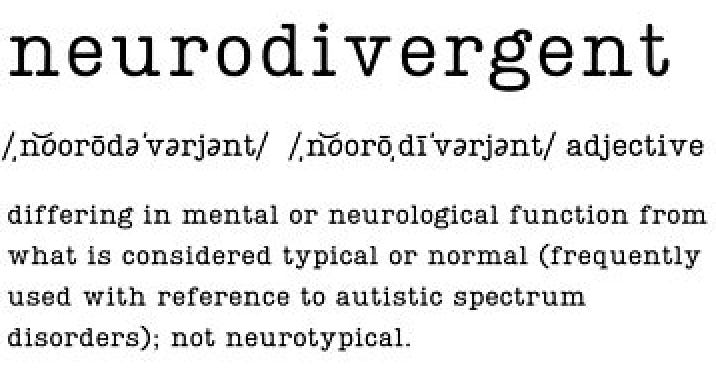
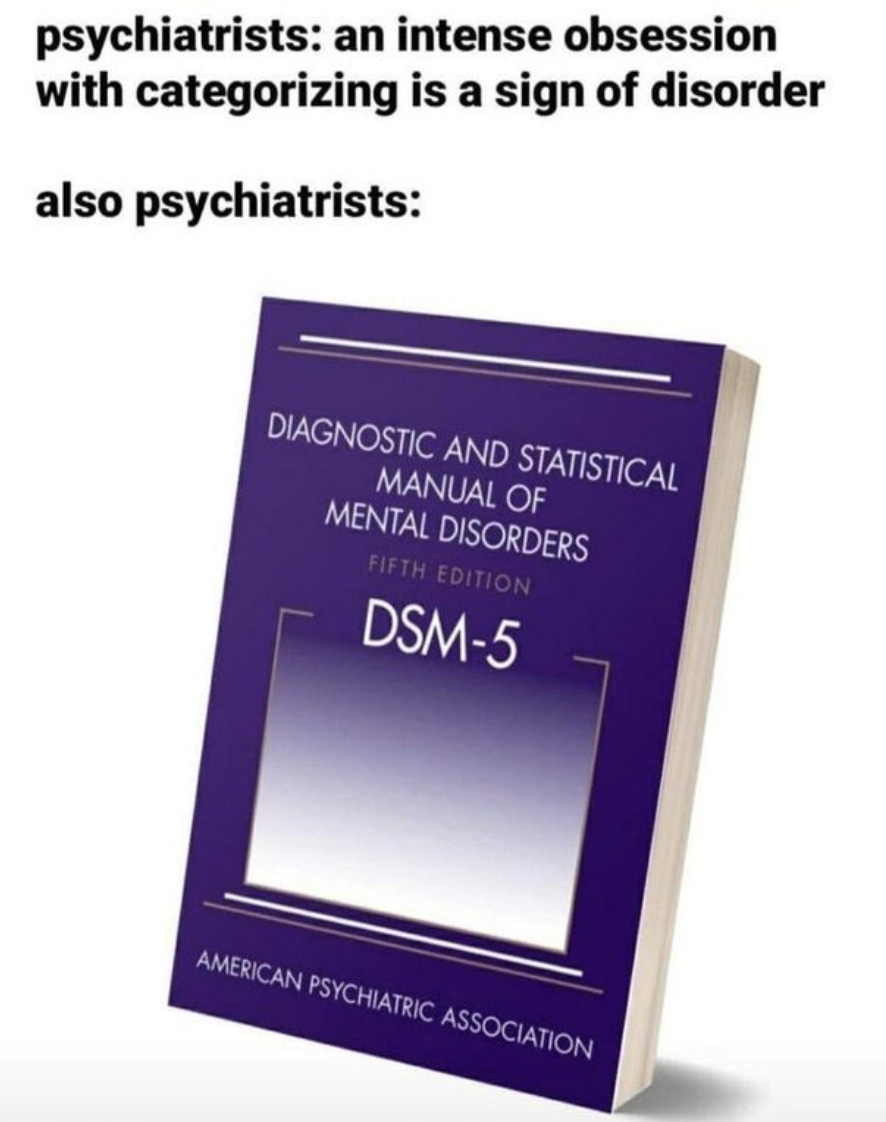
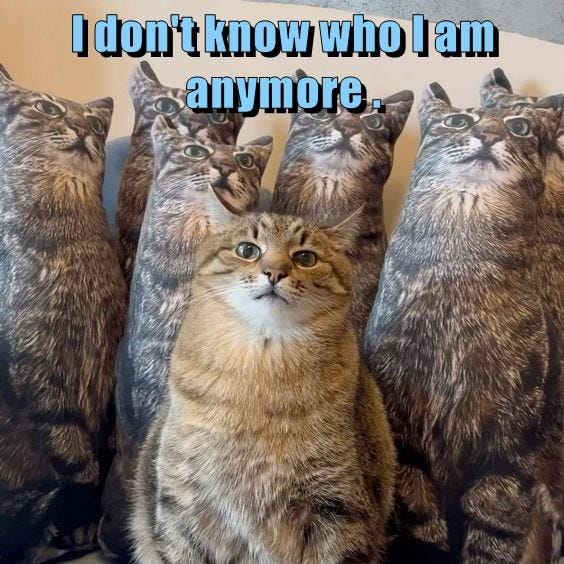
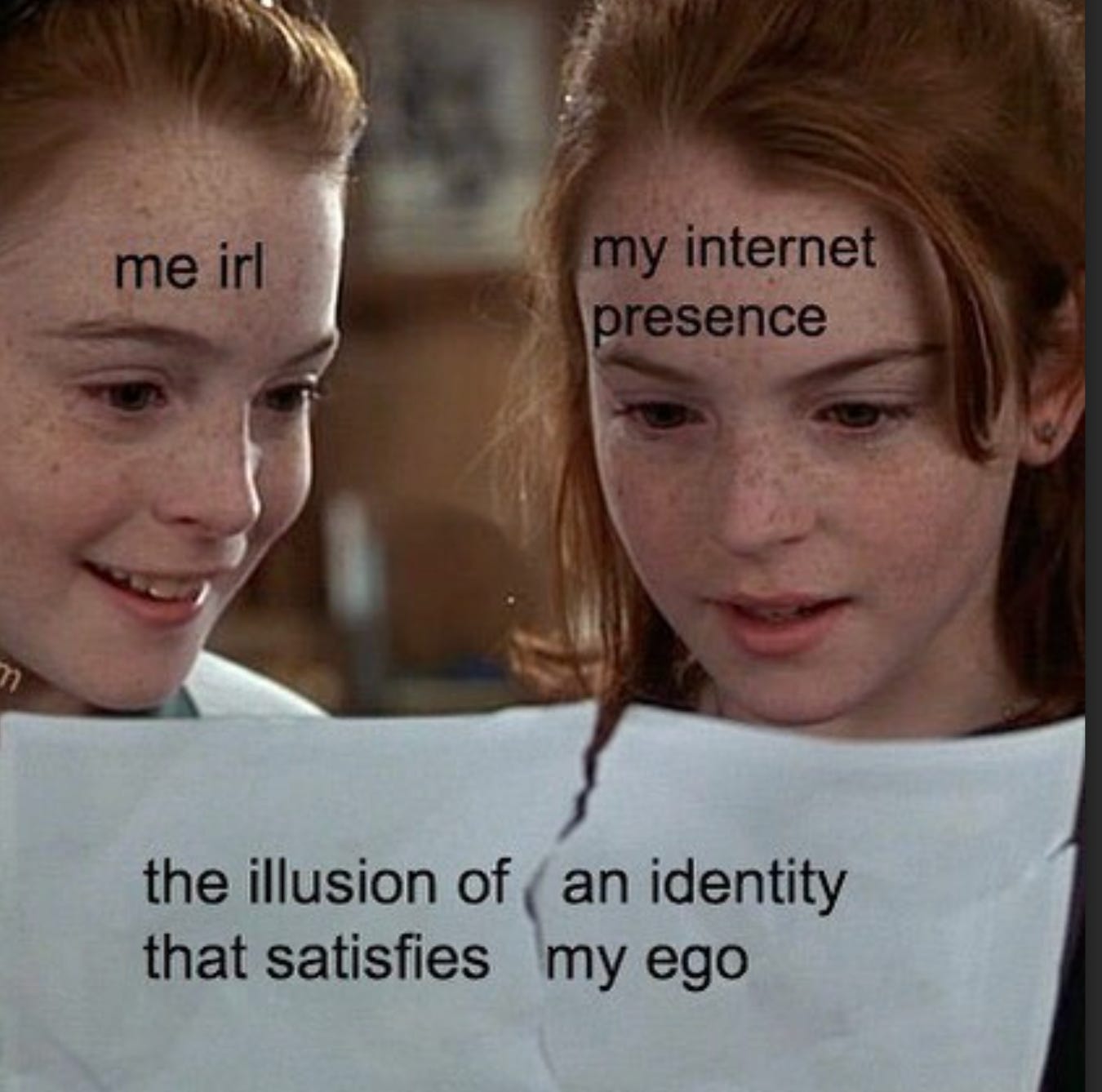
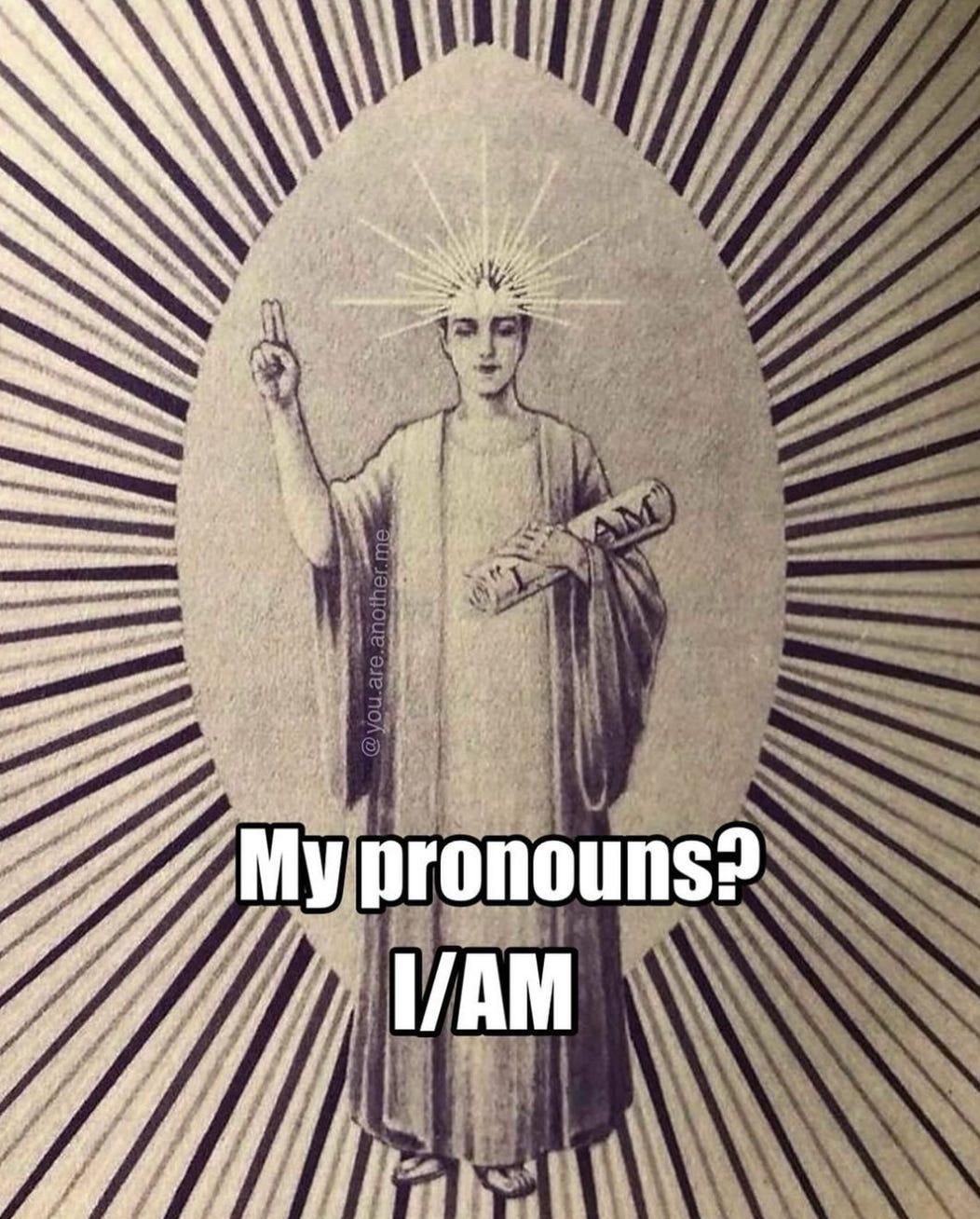
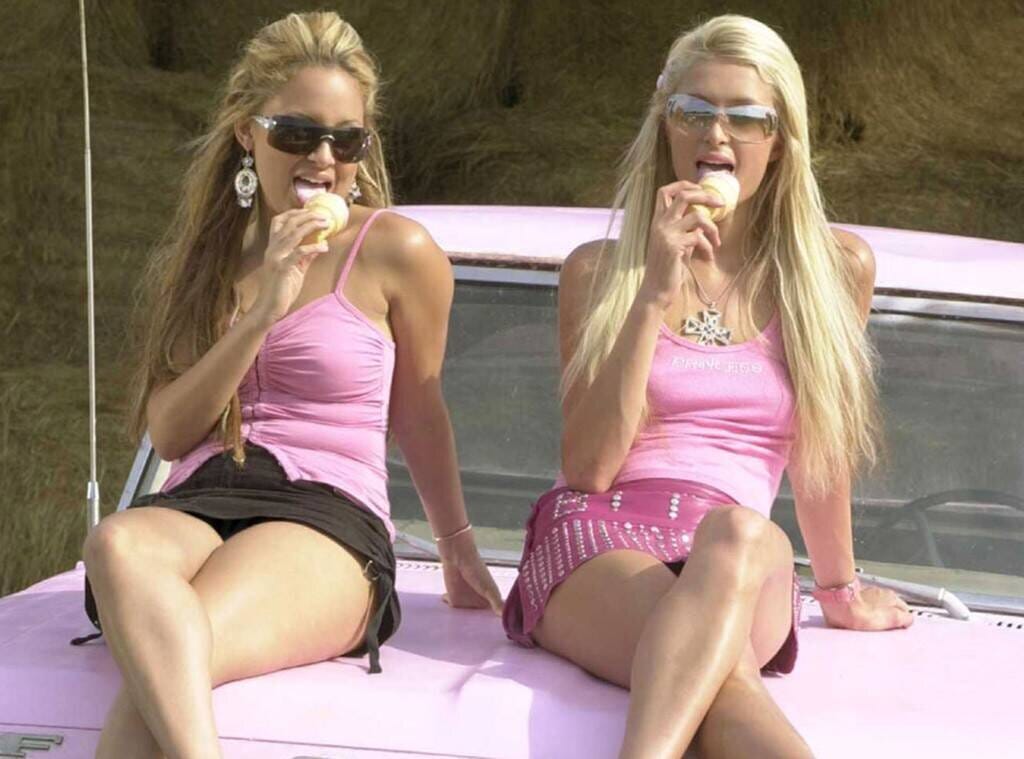
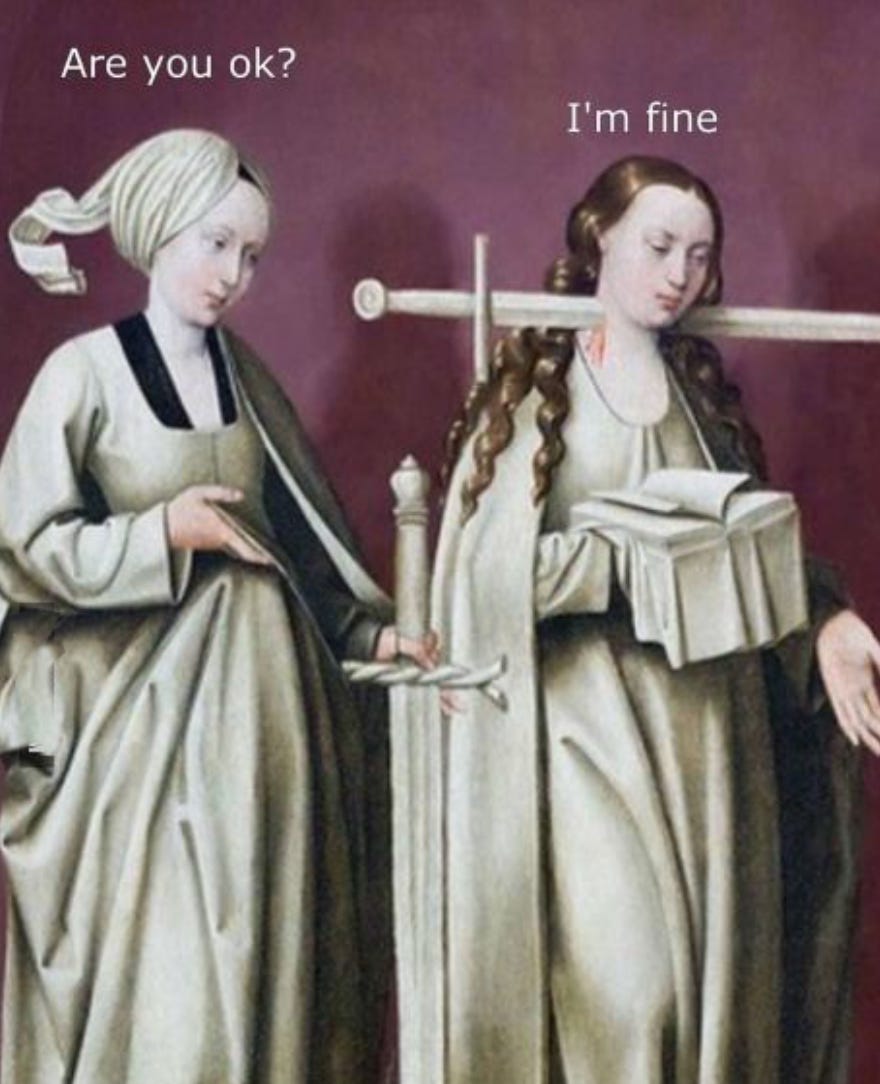
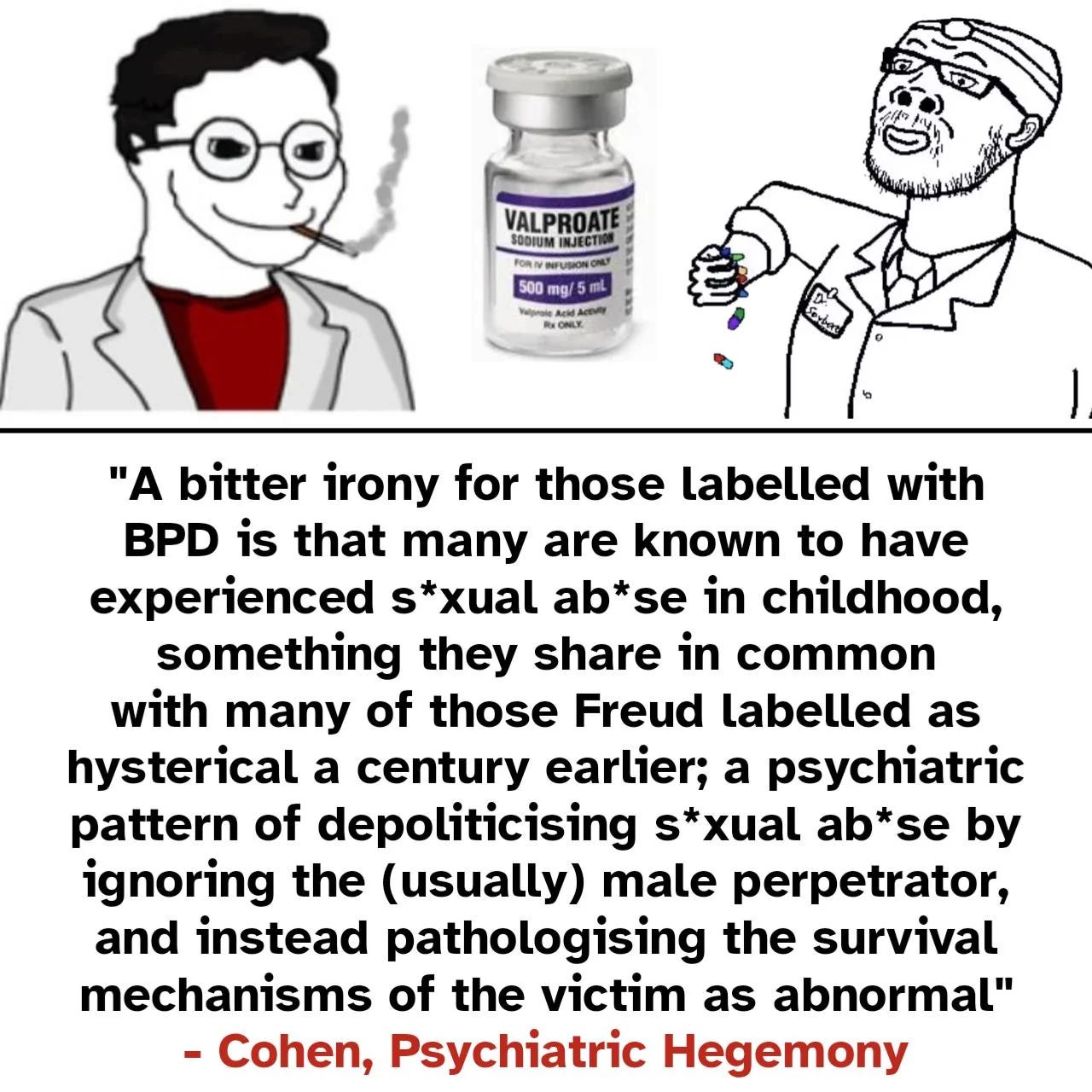
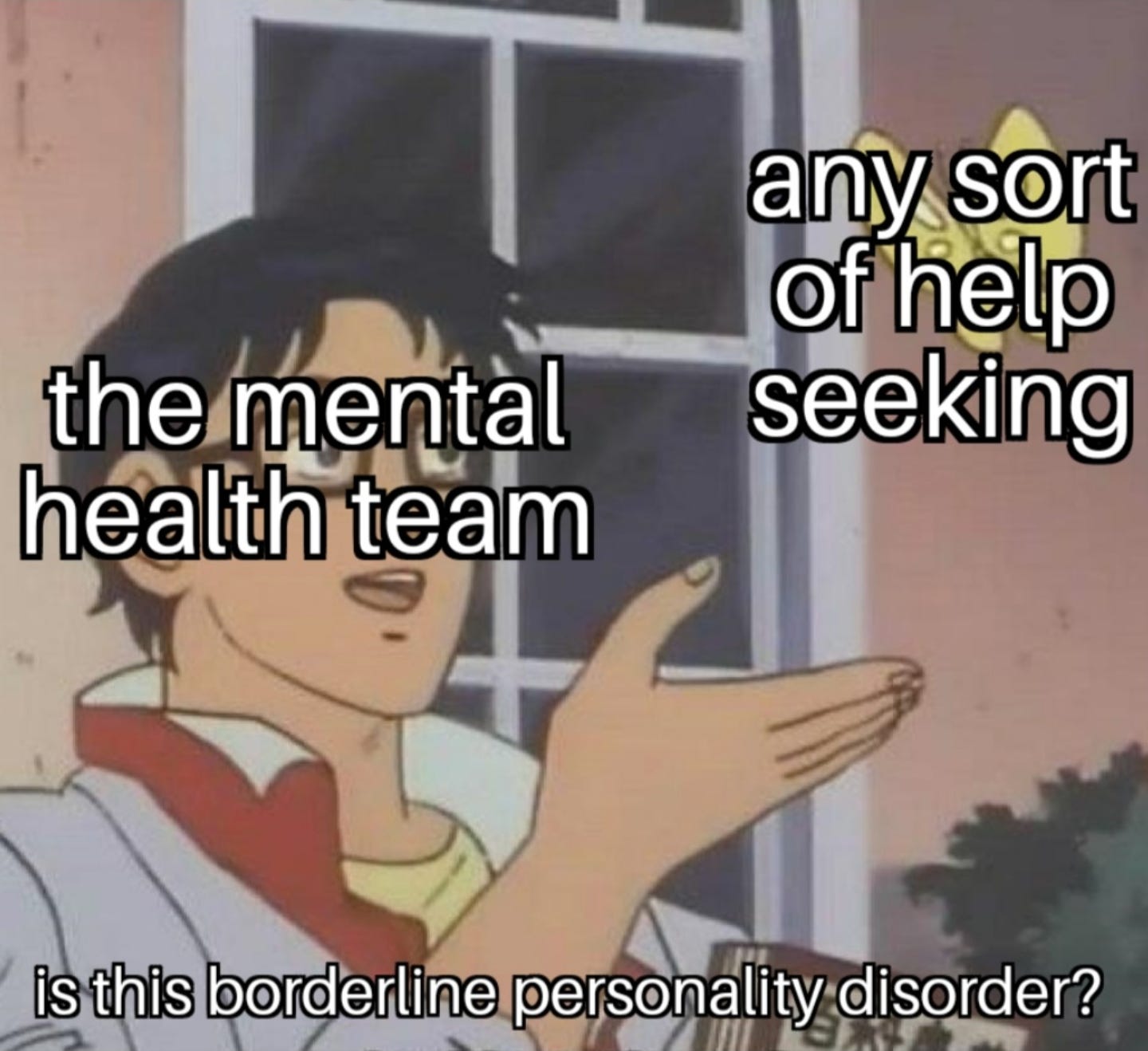
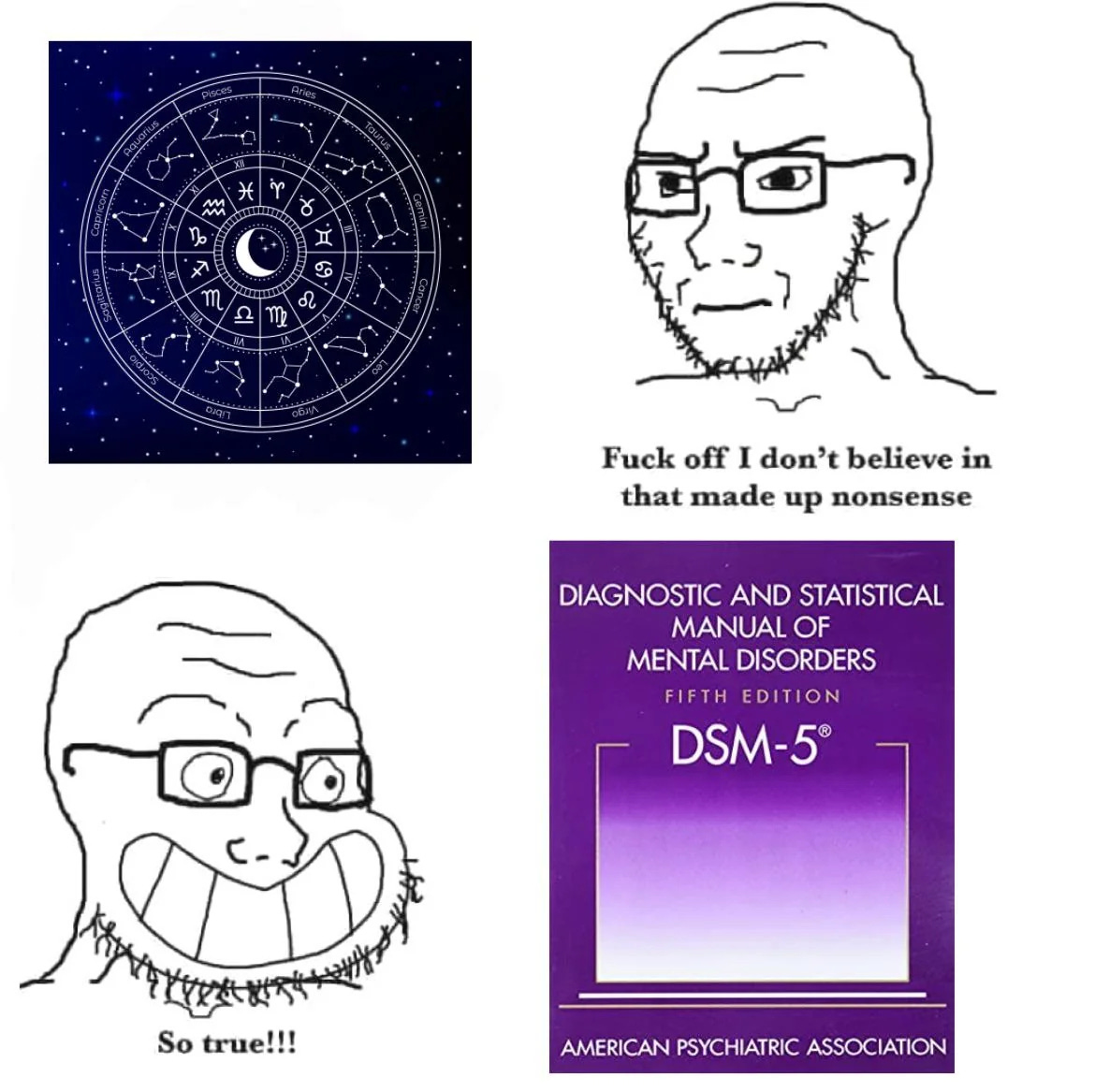
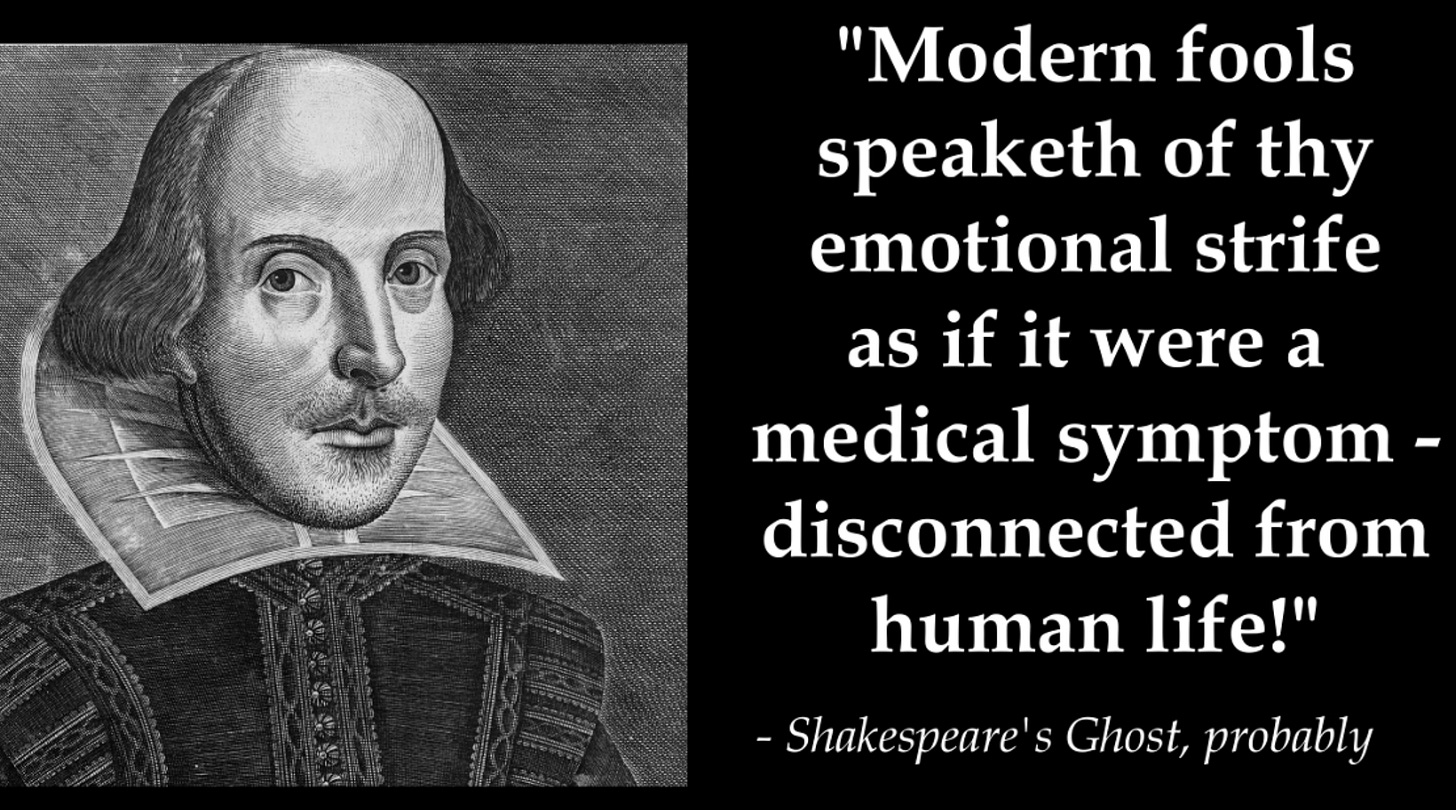
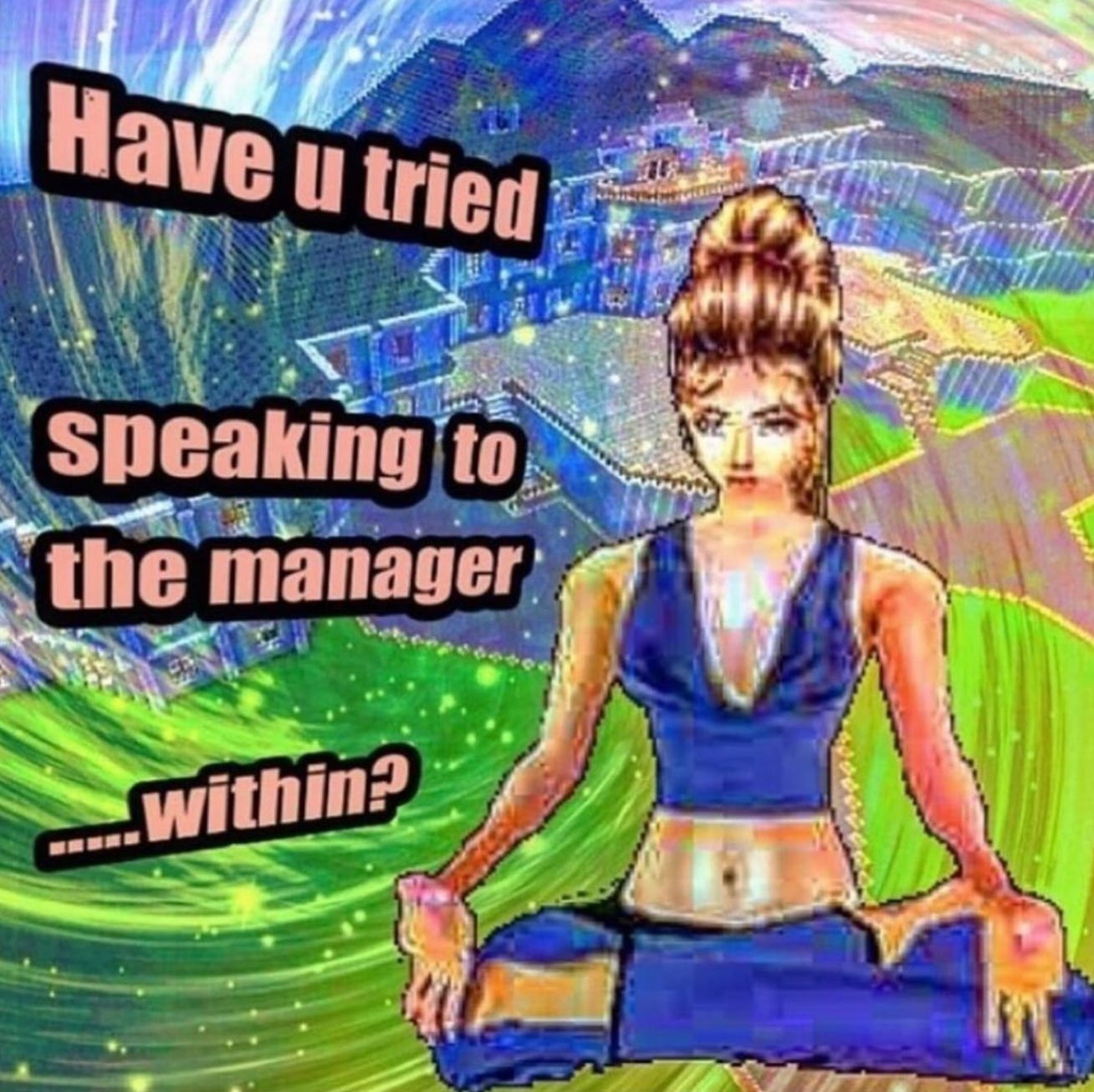
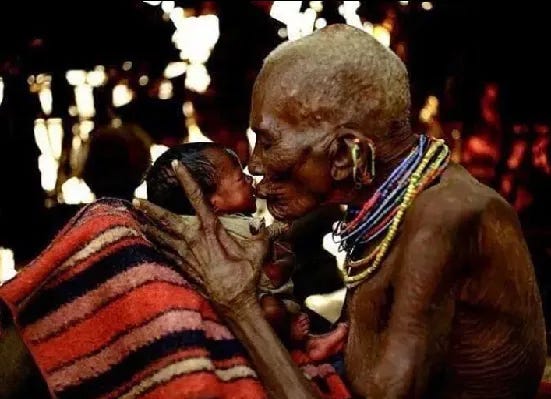
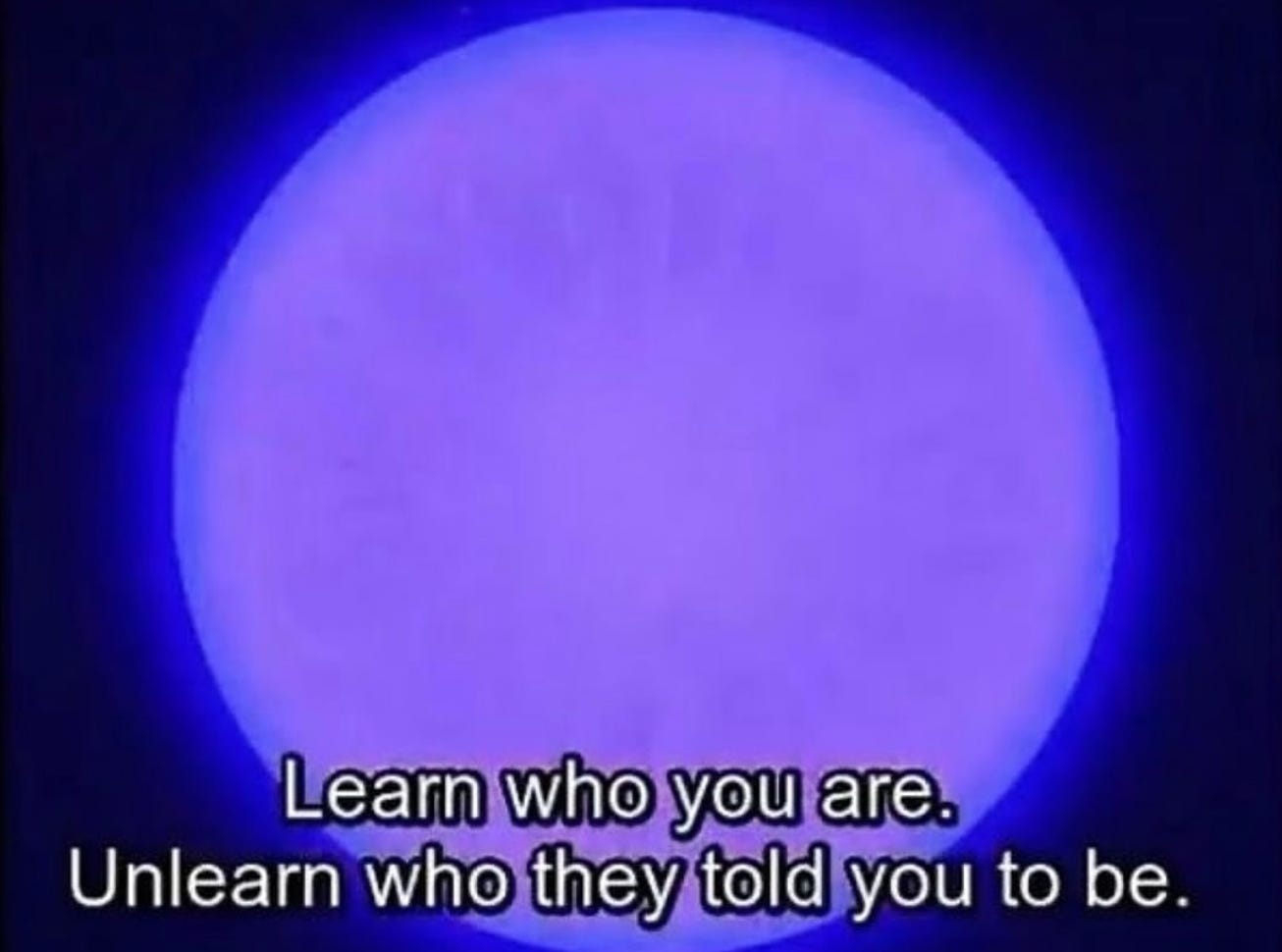
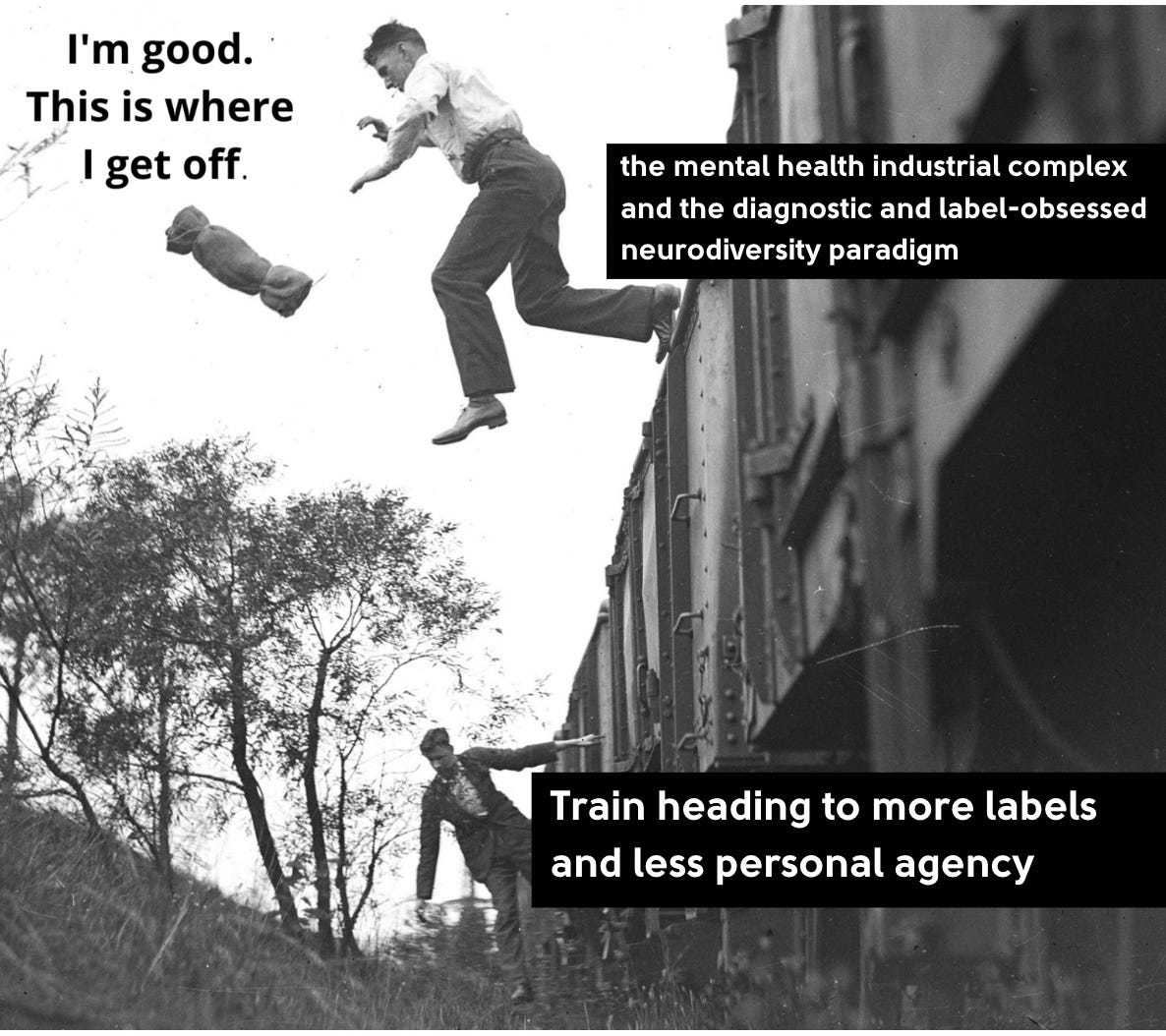
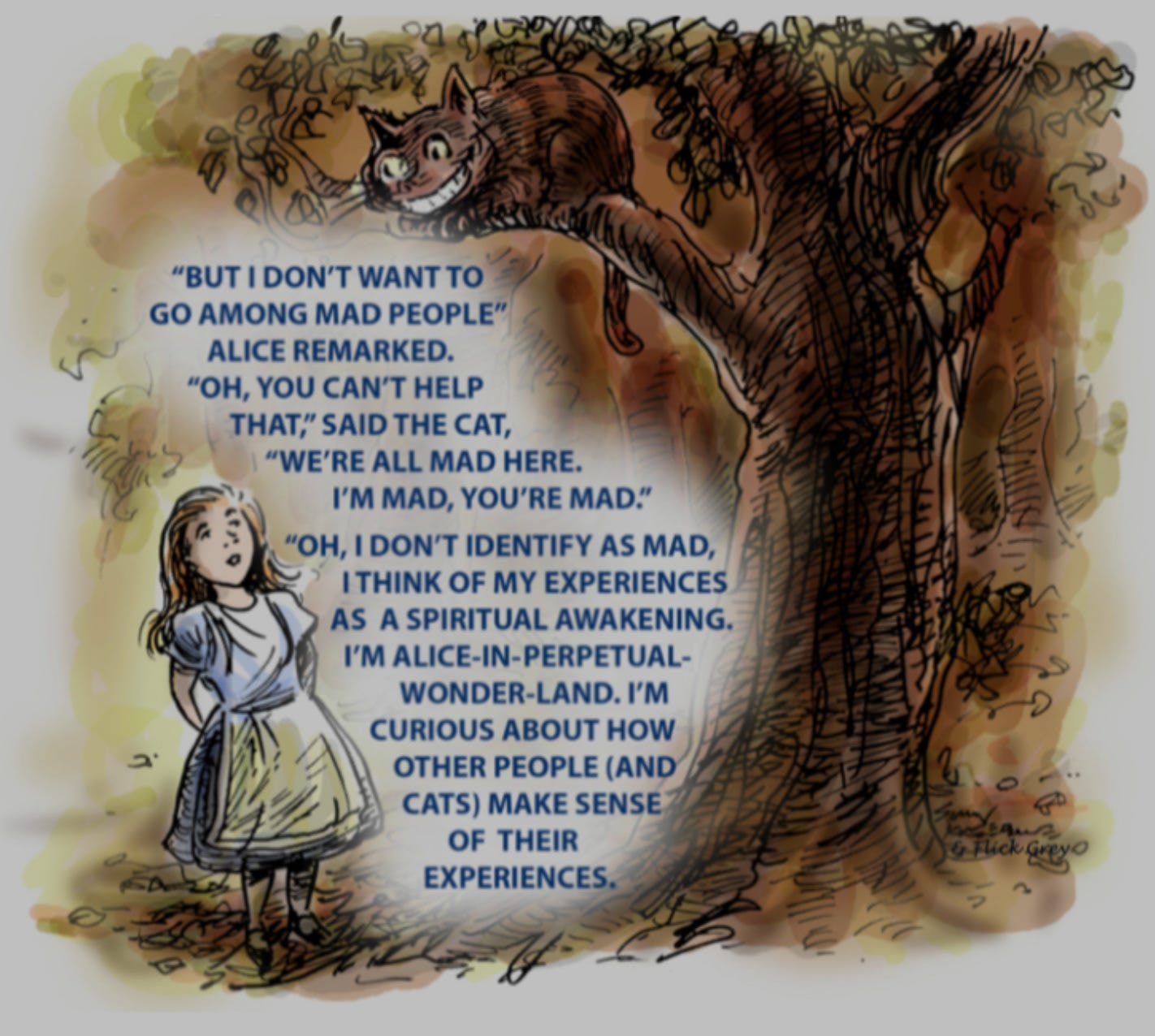
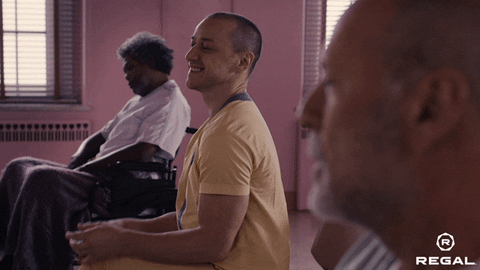
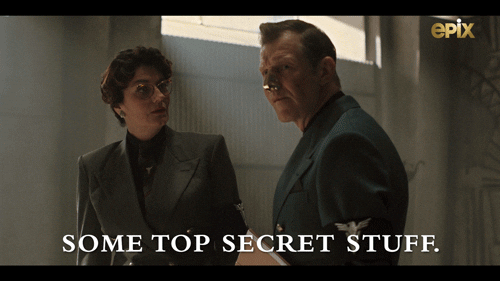
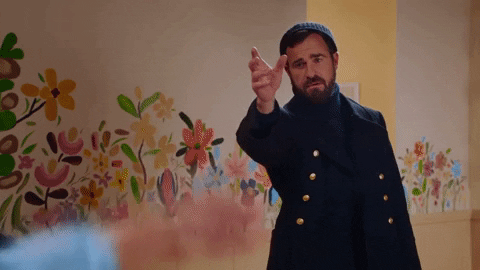
Yes, yes, and yes! I've long been thinking how definitions of "sanity" are delineated by people I consider insane. Too often, psychiatric ideas about normality are simply an extension of capitalism and living the life of, what Quentin Crisp called, the "dead normals." I love this post, thank you.
"Let's embrace and celebrate our differences, viewing them not as divisions but as vital threads that enrich the tapestry of our collective existence." - thank you for this sentence 🌸 also, the extra goodies are so so good, gonna use those resources for my own work, thanks again ✨